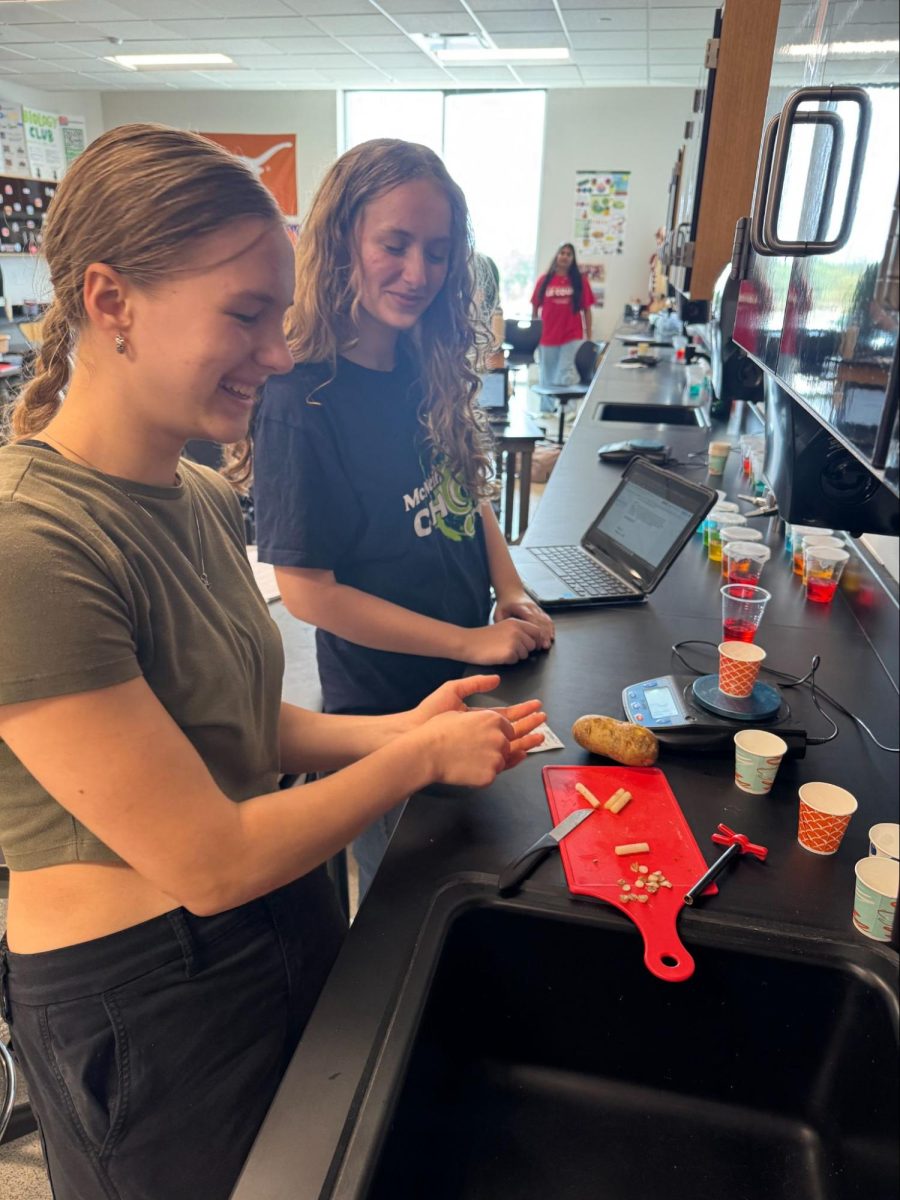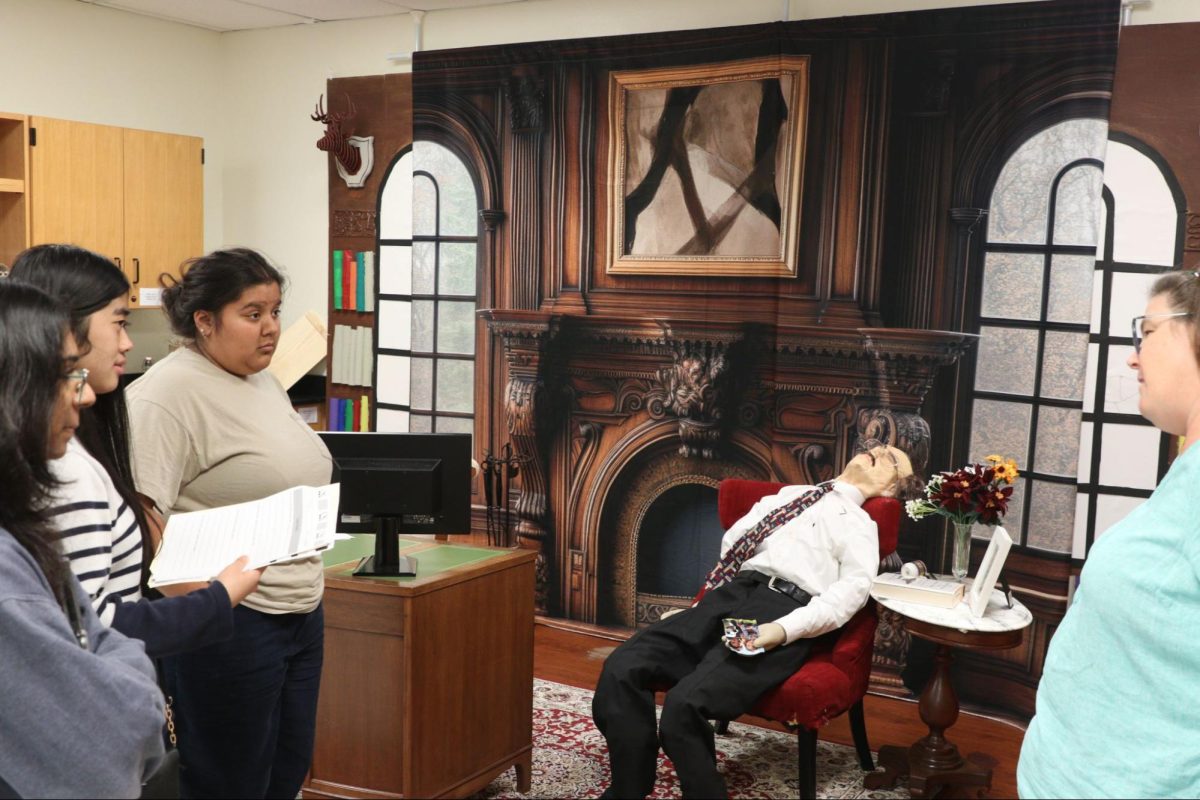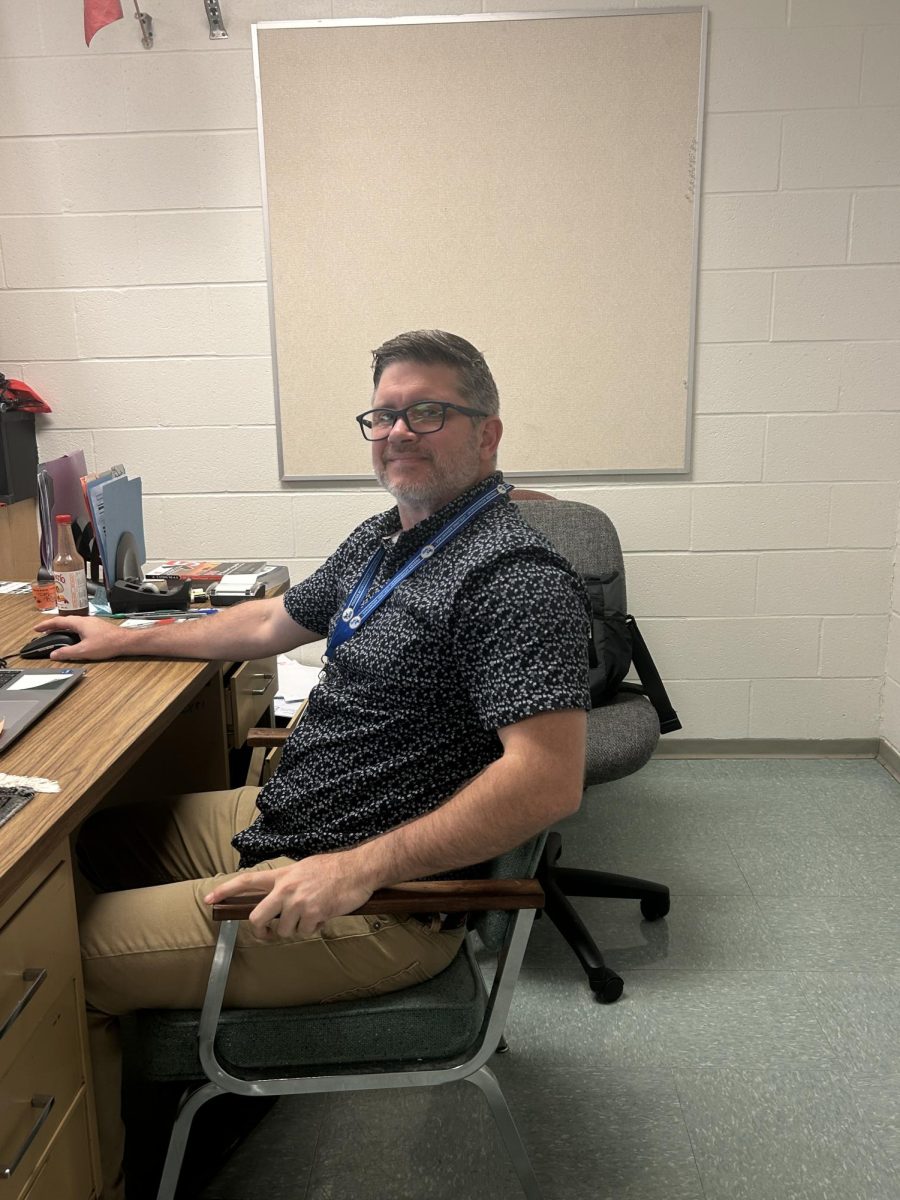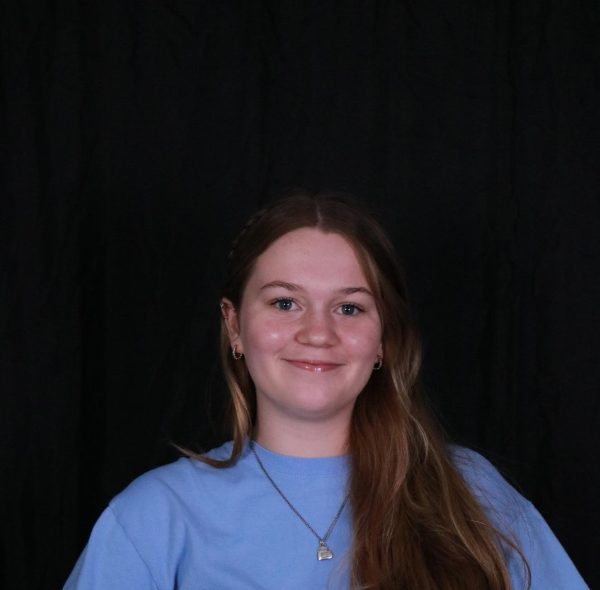Students in AP Biology performed a lab testing how different solute concentrations, 0M, 0.25M, 0.5M, 0.75M and 1M, affect the mass of potato cores with osmosis, and finding the water potential of a potato.
The lab was designed to demonstrate how water moves across cell membranes. Osmosis is the movement of water across the cell membrane, from an area of lower concentration to higher solute concentration. Water Potential is the measure that predicts this movement. The students weighed potato cores before and after soaking them in these solutions to track these movements.
“The most interesting part was seeing the change in mass of the potato cores depending on the sucrose molarity,” senior Sophie Singer said. “It made osmosis a lot more tangible of a concept rather than just reading about it in a textbook.”
Biology Teacher Miranda Katz said the activity was designed to give students experience with how water moves across membranes.
“I chose the potato osmosis lab because it gives students a clear, hands-on way to see how water moves across the membrane,” Katz said. “It also is a great introduction to experimental design and data analysis.”
The experiment also demonstrated how different types of solutions affect cells. An isotonic solution keeps water movement balanced, a hypertonic solution causes cells to lose water, and a hypotonic solution makes them swell as water enters.
“My favorite part is seeing students’ reactions when they notice real changes in the potato cores, whether they shrink, swell, or stay the same,” Katz said. “Many students have an ‘aha’ moment when they connect their measurements back to the concepts of hypertonic and hypotonic solutions.”
Singer said she was surprised at the speed and size of the changes that occurred during the experiment.
“I was surprised by how quickly the potatoes gained and lost water,” Singer said. “The massive change in 24 hours was much greater than I expected.”
Singer also said labs like this make biology more engaging and easier to remember.
“These labs take something abstract and make it tangible and clear,” Singer said. “It’s much easier to stay engaged when you’re actively doing and observing, rather than just reading or talking about the concept.”
For Katz, labs like this one are about more than one unit of biology.
“I enjoy watching students move from curiosity to discovery,” Katz said. “There’s something rewarding about seeing them realize that textbook concepts are visible and measurable in the real world.”








